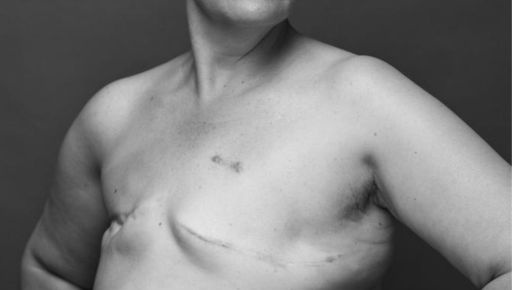The Role Of Plastic Surgery In Post Mastectomy Breast Reconstruction
Breast cancer can be a life-altering diagnosis. For many, surgery is a crucial part of treatment. After a mastectomy, breast reconstruction can help restore what cancer took away. We will explore how plastic surgery plays a key role in this journey. The aim is to rebuild confidence and a sense of self. From implants to tissue flap procedures, options are available. While some might think of Pasadena cool sculpting as a cosmetic procedure, breast reconstruction offers much more. It’s about healing and reclaiming one’s body. Let’s look at how this transformative process can make a difference.
Understanding Breast Reconstruction
Breast reconstruction is not just about appearance. It’s a vital step in emotional recovery. The goal is to create a breast that looks and feels natural. Patients can choose from various reconstruction options. This choice depends on their body type, health status, and personal goals. The two main types are implants and flap reconstruction.
Implant-Based Reconstruction
Implants are a common choice for many. They come in two types: saline and silicone. Each has its benefits. Saline implants are filled with sterile salt water. Silicone implants, on the other hand, offer a more natural feel. Deciding between them depends on personal comfort and the desired outcome. The procedure often involves two stages. First, a tissue expander stretches the skin and muscle. Then, the expander is replaced with the final implant.
Flap Reconstruction
Flap procedures use tissue from other parts of the body. This might be from the abdomen, back, or thighs. Known as autologous reconstruction, it often results in a more natural look and feel. The tissue used is called a “flap.” Popular types include the DIEP flap and TRAM flap. Each has its pros and cons. While flap procedures can be more complex, the results can be long-lasting.
Comparison: Implants vs. Flaps
| Aspect | Implants | Flaps |
| Natural Feel | Less | More |
| Recovery Time | Shorter | Longer |
| Longevity | May need replacement | Usually long-lasting |
| Complexity | Simpler | More Complex |
Choosing the Right Option
The decision is personal and should be made with a trusted surgeon. They can help weigh the benefits and risks. It’s important to consider medical history, lifestyle, and personal preferences. Some patients may prioritize a natural look, while others may focus on a shorter recovery. Consulting with a board-certified plastic surgeon is key. The American Society of Plastic Surgeons provides resources for finding qualified professionals: American Society of Plastic Surgeons.
The Recovery Journey
Recovery is a gradual process. It involves physical healing and emotional adaptation. Patients should follow their surgeon’s advice on care and activity. Regular follow-ups can help address any concerns. Support groups and counseling can also play a role in emotional recovery. The journey is unique to each patient, but many find comfort in shared experiences. For more information on recovery and support, visit the National Cancer Institute.
The Impact of Reconstruction
Breast reconstruction can have a profound impact. It helps many regain their sense of normalcy. The process is not just about physical changes. It also supports emotional well-being and confidence. While the journey may be challenging, the results can be empowering. Each step brings patients closer to healing and wholeness.
Conclusion
Breast reconstruction is more than a medical procedure. It’s a path to recovery and renewal. Through plastic surgery, patients can reclaim their bodies and lives. Whether choosing implants or flaps, the options are varied and personal. With guidance and support, this journey can be a positive step forward.

